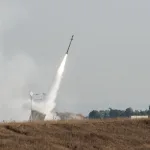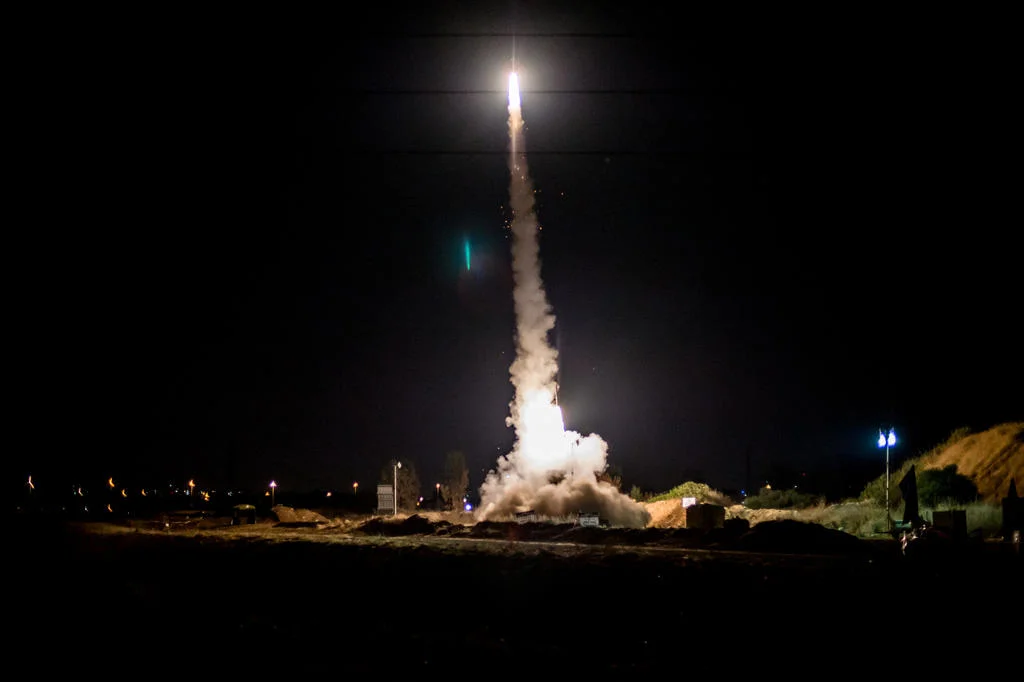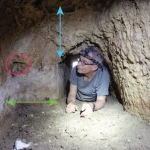Jerusalem, 29 July, 2025 (TPS-IL) — Scientists have discovered that the Earth’s northern hemisphere was almost entirely free of permafrost during a period 8.7 million years ago when global temperatures were 4.5 degrees Celsius higher than today, the Israel Geological Survey announced on Tuesday. The findings are a stark warning about what Earth could look like if the planet hits the upper end of climate projections.
An international research team led by Dr. Anton Vaks of the Geological Survey of Israel made the discovery by studying stalactites and other cave formations in northern Siberia, more than 500 kilometers north of the Arctic Circle near the Arctic Ocean coast. Today, this region experiences average temperatures of about 12 degrees below zero — with the ground frozen year-round.
When Earth was 4.5°C warmer, which is within the range of some worst-case climate scenarios, the Arctic was fundamentally transformed. There was no permafrost and forests grew 600 miles further north than today in the direction of an ice-free Arctic Ocean. The study’s most immediate concern is that the thawing of all the permafrost could release up to 130 billion tons of Carbon into the atmosphere, the scientists said.
“Arctic warming is happening at nearly four times the global average rate,” the study warned.
The study was published in the peer-reviewed Nature Communications journal.
The study location at Taba-Ba’astakh cliffs, situated in the Lena Delta Nature Reserve, provided a unique window into Earth’s climate history because “the geographic position of this site was already similar to today” during the Miocene period, the scientists said. The presence of these ancient cave formations indicates that 8.7 million years ago, conditions were dramatically different.
“At present, thick continuous permafrost in this region prevents speleothem growth,” the researchers explained in their study. Speleothem growth — like the formation of stalactites and stalagmites in caves — happens when rainwater carries carbon dioxide from the air and soil into underground caves. There, the carbon is released and calcium carbonate is deposited as rock.
Using precise uranium-lead dating methods, the research team determined that the cave sediments were deposited during the late Tortonian stage of the Miocene epoch. “Paleotemperatures reconstructed from speleothems show that mean annual air temperatures (MAAT) in the region were + 6.6°C to + 11.1°C, when contemporary global MAAT were ~ 4.5 °C higher than modern,” according to the study.
The growth of these cave formations required average temperatures above freezing in the subsoil and the absence of permafrost, which allows liquid water to seep into caves. The researchers noted that “warming to Tortonian-like temperatures would leave most of the Northern Hemisphere permafrost-free.”
Permafrost is permanently frozen ground and is mostly found in the Arctic and sub-Arctic regions. It contains massive amounts of frozen organic carbon — mainly in the form of ancient plant and animal matter. When it thaws, microbes break this material down, releasing greenhouse gases like carbon dioxide and methane into the atmosphere, accelerating global warming.
Permafrost serves as a crucial foundation in cold regions, and its thawing can destabilize infrastructure like buildings, roads, and pipelines, especially in areas such as northern Canada, Alaska, and Russia. Its thawing would also disrupt ecosystems by altering drainage, collapsing ground and changing habitats.
The study found that during this ancient warm period, “coniferous forests reached as far as 70°N, with some tree growth extending to 80°N, i.e., 10° further north than today.” Additionally, evidence suggests an ice-free Arctic Ocean, at least during summer months.
Perhaps most concerning for current climate projections, the researchers calculated the potential carbon emissions if similar warming occurred today. “This may release up to ~ 130 petagrams of carbon, enhancing further warming,” they warned in the study abstract.
The team’s analysis suggests that if future warming reaches these extreme values, “thawing of 34–74% of permafrost is expected to occur, mostly in continental Northern Hemisphere regions, where about 1672 petagrams of organic carbon (about twice as much as in the atmosphere) are stored in the frozen soils.”





























